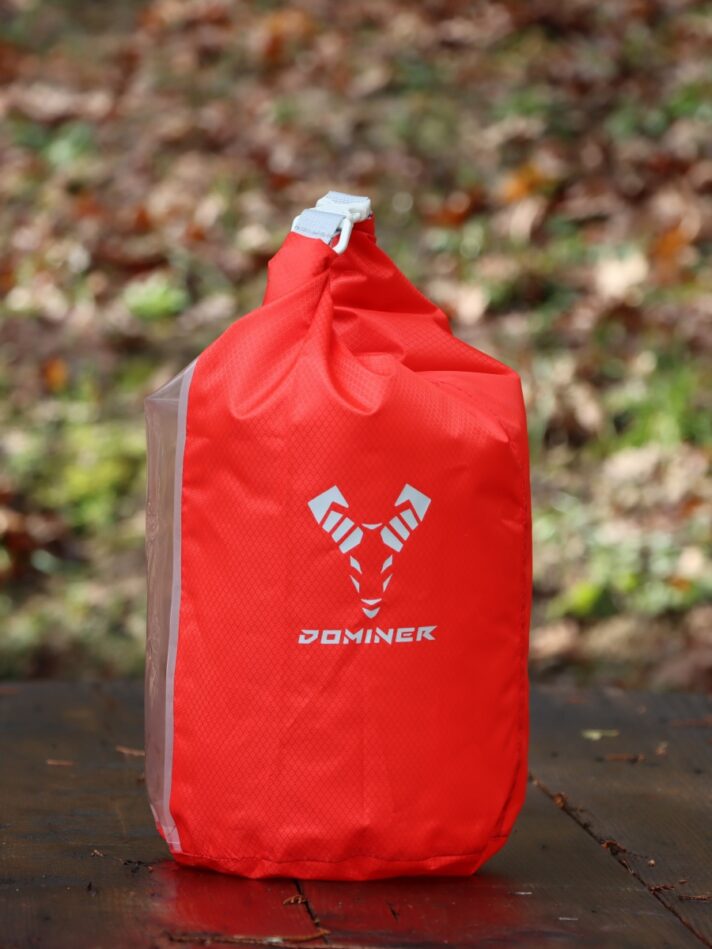Ready to go from couch to running your first 10K? Whether you’re starting from scratch or just need motivation, this guide is here to help. The 10K (6.2 miles) is a perfect goal for new runners—challenging, but very achievable. Here’s everything you need to know to train smart, stay injury-free, and enjoy the process.
Table of Contents
- Start with a Walk-Run Method
- Don’t Skip the Warm-Up (or Cool Down)
- Pick a Beginner-Friendly Plan
- Stay Consistent — Not Perfect
- Fuel and Hydrate Properly
- Listen to Your Body
- Track Your Progress (It’s Motivating!)
- Sign Up for a Race
- Wear the Right Shoes
- Trust the Process
- Invest in a Basic Running Watch or Fitness Tracker
1. Start with a Walk-Run Method
If you’re not used to running, starting slow is key. One of the most effective techniques for beginners is the walk-run method. It’s simple: alternate between short intervals of running and walking. For example:
- Run for 1 minute
- Walk for 90 seconds
- Repeat for 20–30 minutes
This approach reduces fatigue and the risk of injury, while allowing your body to gradually adapt to the stress of running. Over time, you’ll naturally increase your run time and decrease your walk breaks, until you’re running continuously.
“For every finish-line tape a runner breaks – complete with cheers of the crowd and clicking of cameras – there are hours of hard and often lonely work that rarely gets talked about.”
Grete Waitz, 9-time NYC Marathon Winner
2. Don’t Skip the Warm-Up (or Cool Down)
Warming up gets your muscles and joints ready to run. Try this routine before each session:
- 5-minute brisk walk
- Leg swings, lunges, arm circles
After running, ease into a cool down with:
- 3–5 minutes of walking
- Stretch your calves, quads, hamstrings, and hips
This helps reduce injury risk and aids muscle recovery.
3. Pick a Beginner-Friendly Plan
A structured training plan removes the guesswork and ensures you’re progressing safely toward your goal. Whether you find a Couch to 10K (C210K) plan online or use an app, a good plan typically includes:
- Gradual weekly progression (don’t try to do too much too soon)
- 3–4 runs per week
- A mix of run/walk intervals with plenty of rest days
Apps like Nike Run Club or Strava offer great beginner programs that will guide you through every step of the way.
4. Stay Consistent — Not Perfect
In the early days, it’s more important to build a consistent routine than to be perfect. You might miss a run or struggle to keep up with your plan, but don’t be discouraged. Just pick up where you left off.
Tips to stay consistent:
- Schedule runs in your calendar
- Lay your running clothes out the night before
- Join a local or online running group
“Only the disciplined ones in life are free. If you are undisciplined, you are a slave to your moods and your passions.”
Eliud Kipchoge
5. Fuel and Hydrate Properly
What you eat and drink significantly affects how you perform. Focus on consuming complex carbs, lean proteins, and healthy fats to give your body the energy it needs. Hydrate throughout the day, not just right before or after a run. For longer runs, a small pre-run snack like a banana can help, and post-run, you might benefit from an electrolyte drink to replenish lost minerals.
6. Listen to Your Body
While some muscle soreness is expected, sharp or persistent pain is a warning sign. Ignoring injuries can set you back weeks or months. Learn to distinguish between healthy fatigue and signs that you need rest. Don’t hesitate to take a day off or consult a professional if something doesn’t feel right.
“Sometimes the moments that challenge us the most, define us.”
Deena Kastor, Olympic Medalist
7. Track Your Progress (It’s Motivating!)
Seeing your improvements over time can be incredibly motivating. Whether you’re using an app like Strava or a simple journal, logging your runs helps you celebrate small victories and stay accountable. You’ll love looking back to see how far you’ve come.
8. Sign Up for a Race
Committing to a race gives your training purpose. Find a beginner-friendly 10K—charity events, fun runs, or local races. The experience of running alongside others, the crowd energy, and the finish-line feeling are unlike anything else. Don’t worry about pace—just aim to finish.
“The marathon can humble you.”
Bill Rodgers, 4-time Boston Marathon Winner
9. Wear the Right Shoes
Proper footwear makes a world of difference. Visit a specialty running store for a gait analysis and recommendations based on your stride and arch. The right shoes will reduce your risk of injury and improve your comfort during training. Replace them every 500-800 Km for optimal support.
10. Trust the Process
The road to 10K won’t be linear. Some days will feel effortless, others will be a slog. But if you stick with it, you’ll get stronger. Celebrate small wins along the way and remember that every step is progress. You don’t have to be fast—you just have to keep going.
11. Invest in a Basic Running Watch or Fitness Tracker
While not essential, a fitness tracker can help you monitor your pace, distance, and heart rate. These insights can be useful as you refine your training and set new goals. Many watches also let you program run/walk intervals, making your sessions smoother and more structured. If you’re not ready to invest, free apps like Strava or Nike Run Club are a great alternative.
Your Couch to 10K Starts Now
You don’t need to be in shape to start—you just need to start. With consistency, the right mindset, and a solid plan, your 10K finish line is closer than you think.
Lace up. Take that first step. Trust yourself.







